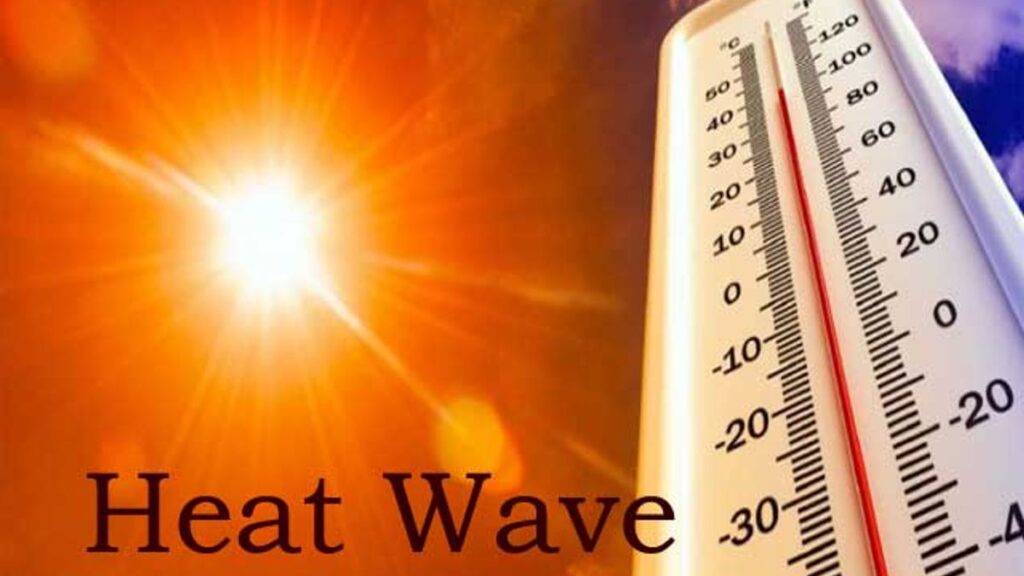IMD Warns of Rising Heat After Short Thunderstorm Break; Many States to Face Heatwave

Pune, 13 April 2025: Following brief relief brought by thunderstorms in some regions, the India Meteorological Department (IMD) has issued a fresh warning about a surge in heatwave conditions across India. A sharp rise in temperatures is expected in the coming days, with western and central parts of the country likely to be the worst affected.
In Maharashtra, a temporary dip in temperatures by 2-3°C is forecast over the next two days. However, the mercury is expected to rebound, rising by 2-4°C soon after. Gujarat will also see a steady increase in temperatures by 2-4°C over the next six days.
Northwest India, including Rajasthan and Punjab, is likely to face a more pronounced warming trend, with temperatures projected to rise by 4-6°C over the next week. While Central India may remain relatively stable for the next 24 hours, a 2-3°C temperature rise is expected thereafter.
The IMD has issued heatwave alerts for several states:
- West Rajasthan: Heatwave conditions on April 14–15, with severe heat likely in isolated pockets from April 16–18.
- Coastal Andhra Pradesh and Yanam: Heatwave expected on April 13.
- Gujarat: Heatwave alert from April 15–17.
- Punjab, Haryana, East Rajasthan, and West Madhya Pradesh: Heatwave conditions forecast between April 16–18, with East Rajasthan expected to experience particularly intense heat on April 18.
Weather experts are expressing concern over the unusually early onset of extreme heat this year. While April typically sees milder heatwaves, current conditions resemble those seen in peak May temperatures.
“This year, we’re witnessing temperature spikes much earlier than expected. In cities like Jaisalmer and Barmer, temperatures have already reached around 45.6°C — levels usually associated with the pre-monsoon peak,” a meteorologist said.
Other areas such as Phalodi, Bikaner, Rajkot, and Ahmedabad are also grappling with early and extreme heat. Experts attribute this trend to a decline in western disturbances — weather systems that usually bring cooler winds and help regulate temperatures in northern India.
“When western disturbances are fewer or weaker, there’s nothing to counter the heating over the plains,” the expert explained. “That’s what’s accelerating the rise in temperatures this year.”
Authorities are urging residents in affected regions to take necessary precautions: stay hydrated, avoid outdoor activities during peak afternoon hours, and watch out for signs of heat-related illnesses.











